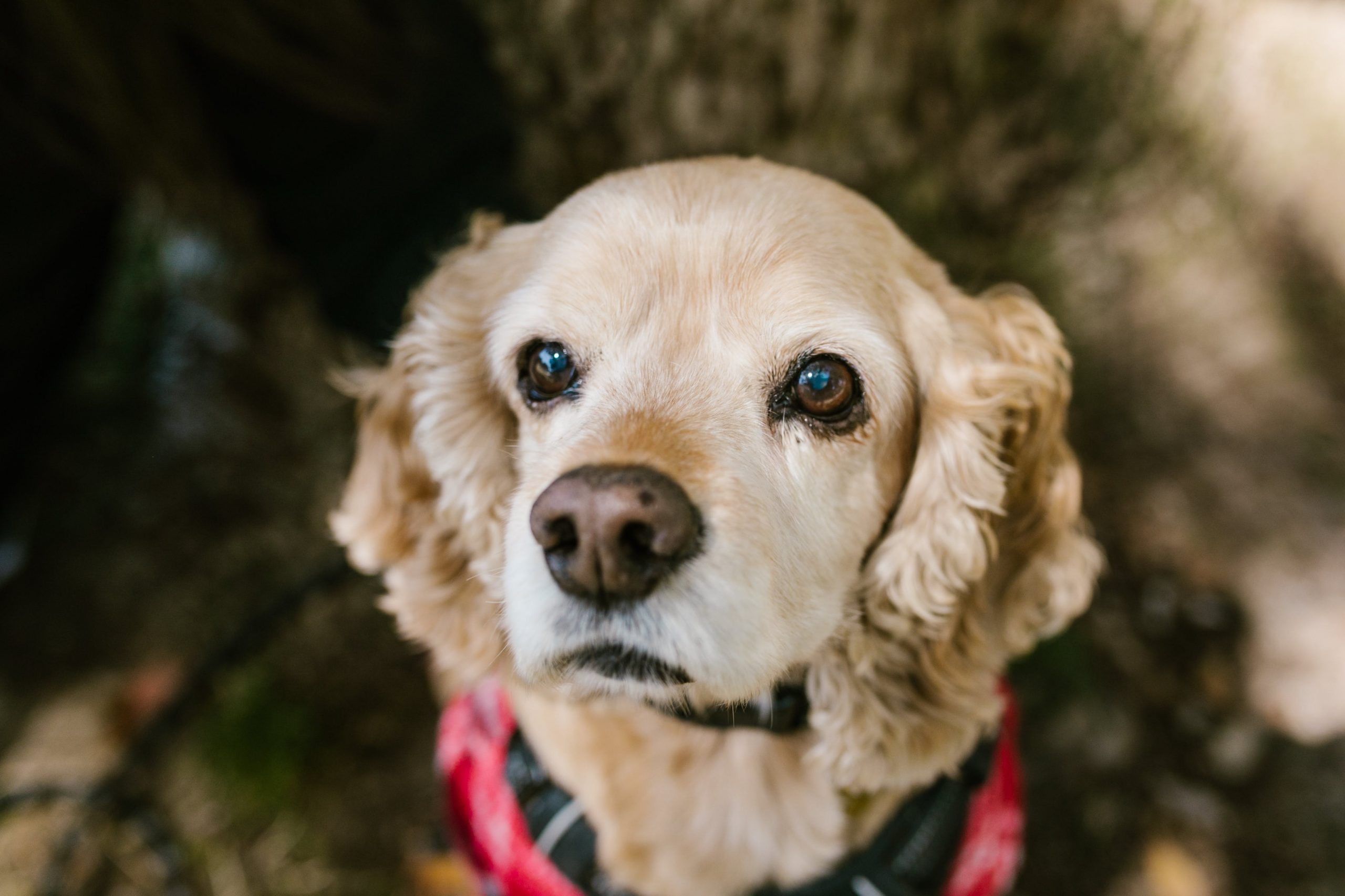Cocker Spaniels, with their expressive eyes and wavy coats, are not only charming but also active and enthusiastic companions. Originally bred as hunting dogs, they have a significant amount of energy to burn. This article will delve into the exercise requirements suitable for a Cocker Spaniel and the types of activities that will keep them both physically and mentally fit.
1. Assessing the Exercise Needs of a Cocker Spaniel
Cocker Spaniels are moderately active and generally require around 1 hour of exercise per day. This can be split into two sessions—one in the morning and one in the evening—to maintain their health and satisfy their working breed instincts.
2. Health Benefits of Regular Exercise for Cocker Spaniels
Consistent exercise helps Cocker Spaniels maintain a healthy weight, ensures good cardiovascular health, and aids in preventing behavioral issues linked to pent-up energy such as chewing, digging, or barking.
3. Types of Physical Exercise for Cocker Spaniels
Physical activities that are well-suited for Cocker Spaniels include brisk walking, playing fetch, moderate hiking, and swimming. These exercises cater to their natural athleticism and provide the necessary stimulation they need.
4. Importance of Mental Stimulation
Mental stimulation is crucial for the intelligent Cocker Spaniel. Interactive games, training sessions, and puzzle toys can keep their minds engaged and prevent boredom, which is as important as their physical exercise.
5. Socialization and Exercise
Cocker Spaniels are sociable animals and benefit greatly from activities that allow them to interact with other dogs and people. Dog parks and group walks are excellent for socializing and exercising simultaneously.
6. Balancing Exercise with Downtime
Despite their energy, Cocker Spaniels also need downtime. Balancing their exercise with relaxation is important for their overall well-being, ensuring they have time to recover and bond with their family in a calm setting.
7. Adapting Exercise to the Cocker Spaniel’s Age
The exercise regimen for a Cocker Spaniel should reflect their life stage. Puppies have shorter bursts of energy and require less intensive activity, while adult dogs can handle more vigorous exercise. Senior dogs benefit from gentle and consistent exercise to maintain their health.
8. Seasonal Exercise Considerations
Cocker Spaniels can be sensitive to extreme temperatures. In hot weather, it’s essential to avoid the heat of the day, and in cold weather, they may require a coat or sweater for comfort during outdoor activities.
9. Recognizing Over-Exercise and Fatigue
It’s important to recognize the signs of over-exercise in Cocker Spaniels, which include excessive panting, lethargy, and reluctance to continue activity. Owners should tailor exercise intensity to their dog’s individual response.
10. Establishing a Consistent Exercise Routine
Developing a consistent exercise routine helps manage a Cocker Spaniel’s energy levels and contributes to a structured environment that can alleviate anxiety and stress.
Conclusion
Cocker Spaniels are joyful, active dogs that need regular, balanced exercise to live a healthy and fulfilled life. By incorporating the right mix of physical activity, mental challenges, and rest into their routine, owners will enjoy the lively and loving companionship of their Cocker Spaniels. As with all exercise regimens, consult with a veterinarian to ensure the routine meets your dog’s specific health requirements.
Frequently Asked Questions About Exercising A Cocker Spaniel

 Toledo, United States.
Toledo, United States.